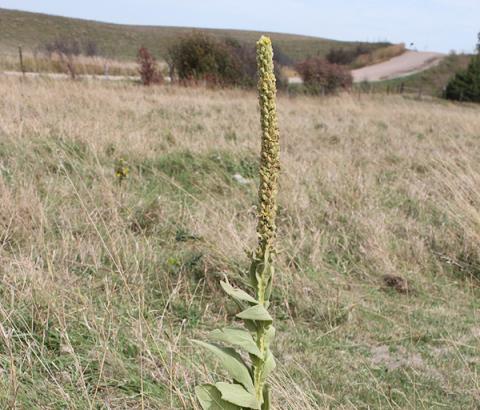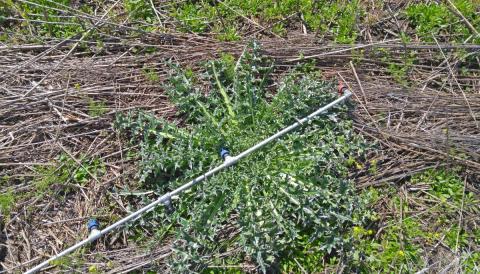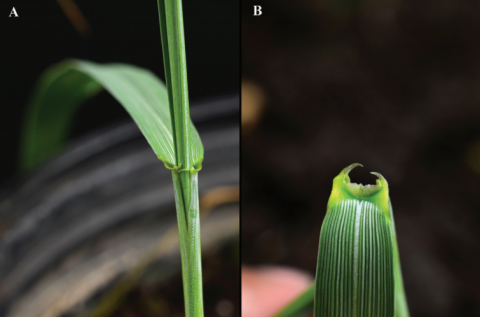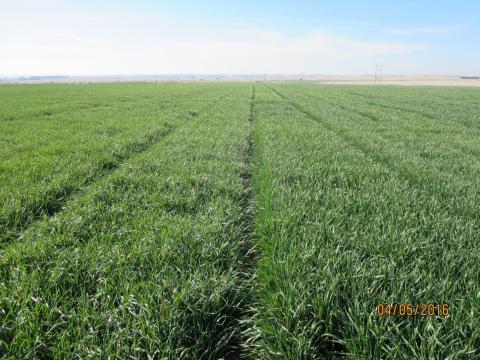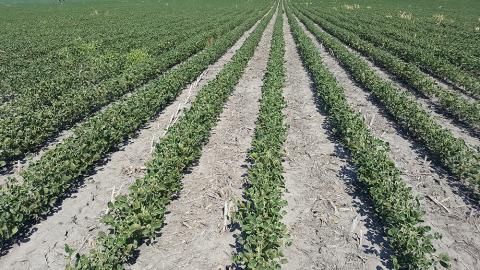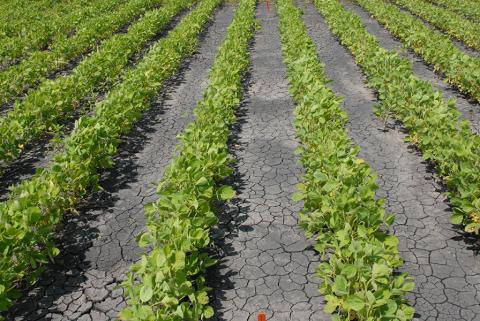Managing Common Mullein this Fall
September 27, 2017
Fall is an excellent time to ramp up control measures against common mullein, whose rosette stage is highly susceptible to herbicide in the fall as nutrients are translocated to the roots for next years’ growth.
Controlling Thistles in October
September 25, 2017
Timing is everything, especially with thistle control in pastures. October and November are the optimum times to control these weeds even if they can be hard to see at this time.
New Nebraska Resource on Identifying Grass Weeds in Crops
September 13, 2017
A new Nebraska Extension guide shows how to identify and differentiate various grass weeds common to Nebraska agronomic fields.
Tell Us about Your Dicamba Use and Suspected Injury in Soybean
August 18, 2017
Nebraska Extension educators and specialists would like to hear from growers and agribusiness about their experiences with dicamba this season. Information can be shared via an online survey or by contacting them directly with the email provided.
Post-Harvest Weed Control in Winter Wheat
July 14, 2017
A strategy combining well-timed herbicide applications, split treatments, and effective cultural practices is key to managing weeds in wheat to reduce soil moisture loss and the weed seed bank. This story addresses what to consider as well as particular weed challenges in wheat.
Dicamba Injury Reports Rise in Nebraska
July 18, 2017
Reports of suspected dicamba injury to soybean and other sensitive crops are increasing. The author reviews application windows for dicamba in corn, a possible area of concern, and outlines what growers can do if they suspect dicamba injury in their fields.
Liberty Label Revision Allows Rate Increase
July 13, 2017
Liberty has revised its label to provide for an increased application rate in corn and soybean. View the new label rates for corn and soybean with a cumulative maximum per year of 87 fl oz/acre for either crop.
Why Control of Volunteer Wheat is Critical to Protecting 2018 Yields
July 13, 2017
Timely control of volunteer wheat and other weeds is key to managing yield loss risk in your 2018 crop. Yield-limiting risk factors affected by weed control include wheat streak mosaic and other diseases, insects (wheat stem sawfly and disease vectors), moisture loss, and increased weed seed production.
